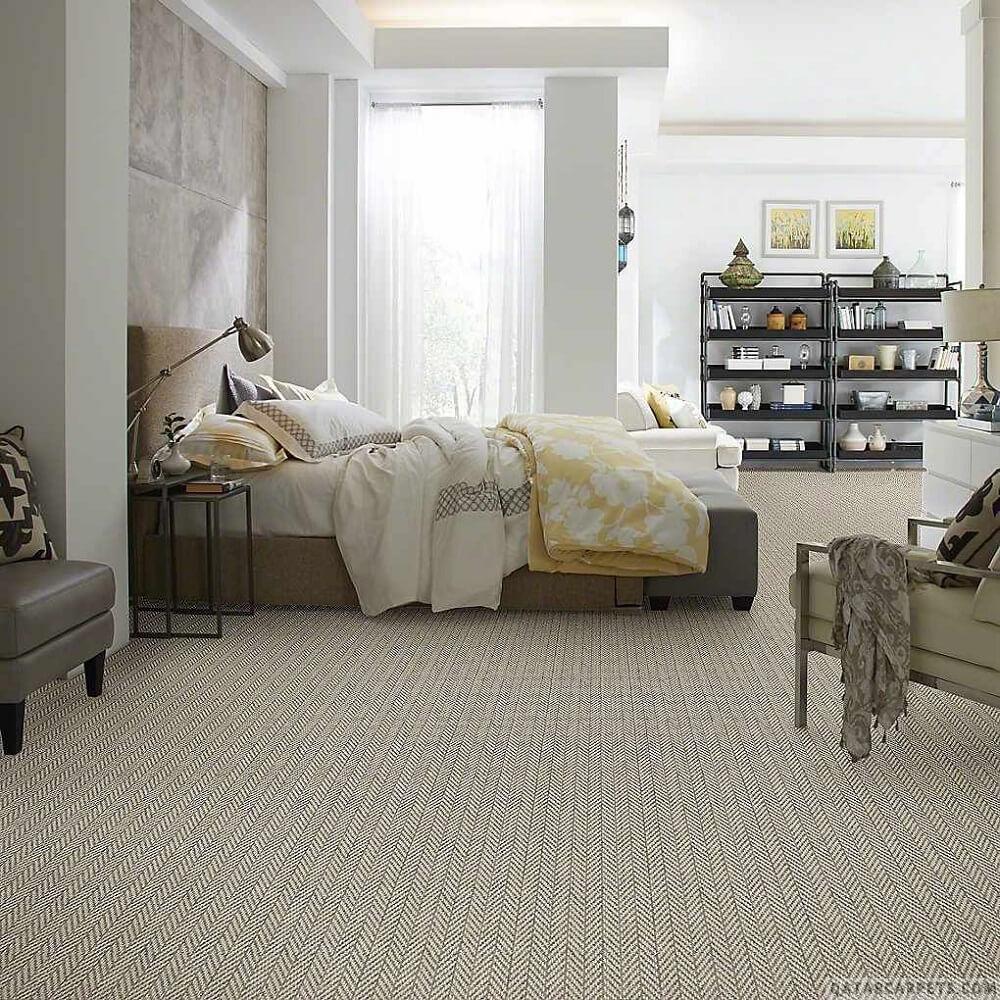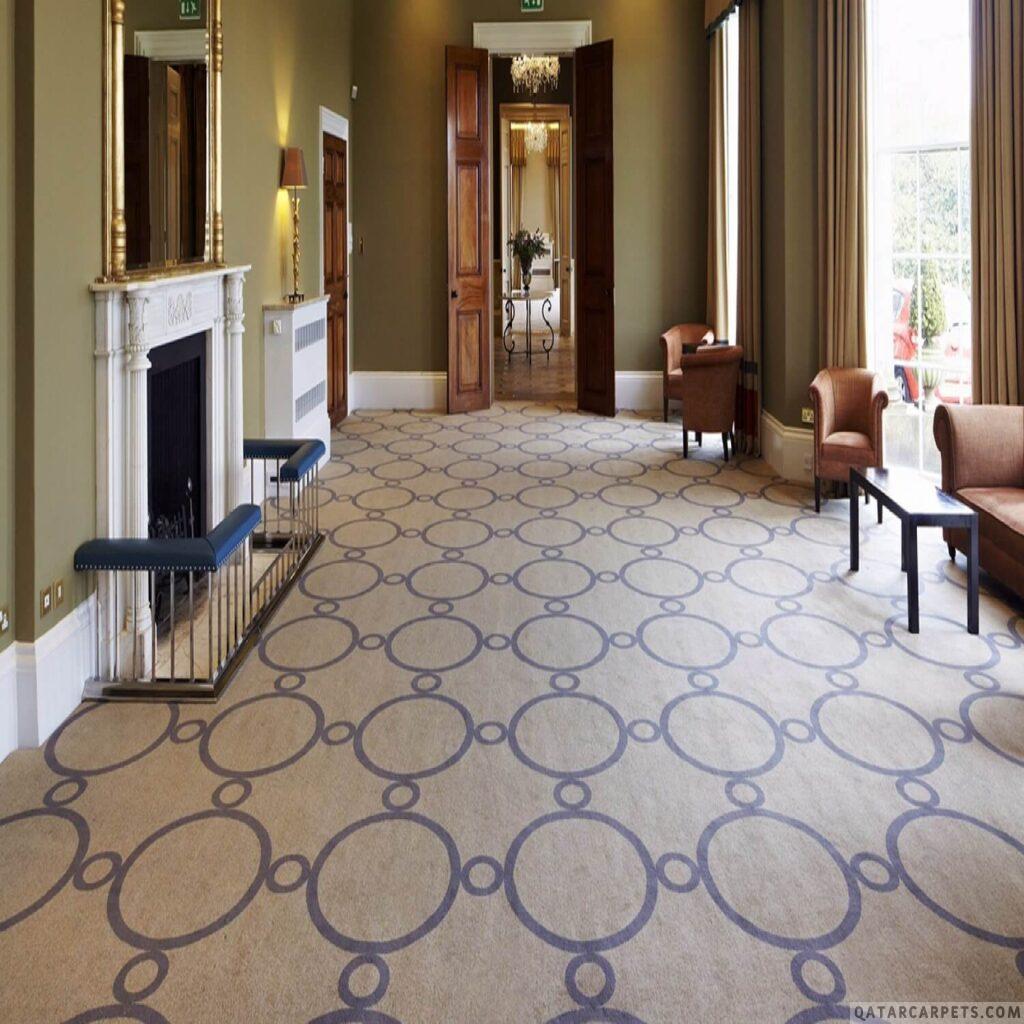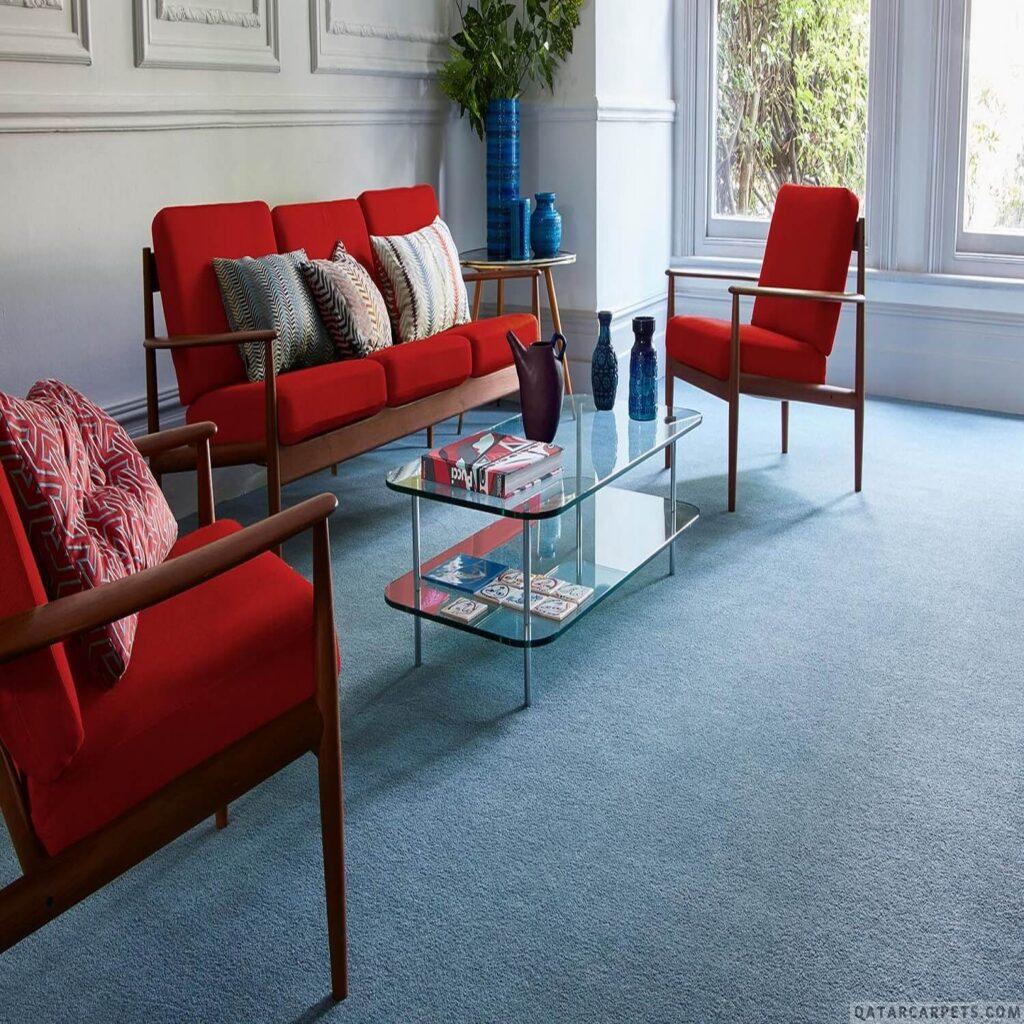CLEARANCE SALE UPTO 40% | LIMITED TIME OFFER | HURRY UP!
Axminster Carpets – Huge Discounts
The original Axminster carpet was created in a factory that Thomas Whitty, a cloth weaver, established in Axminster, Devon, England, in 1755. Axminster carpets were symmetrically knotted by hand in wool on woollen wraps and had a weave of flax or hemp, resembling the Savonnerie carpets made in France. They frequently featured Renaissance architectural or floral motifs, like the French carpets, while some imitated Oriental patterns.
At the same period, Exeter, the Moorfields neighbourhood of London, and Fulham in Middlesex produced carpets of a similar design. The introduction of carpets created by machines caused the Whitty factory to cease in 1835. However, the word Axminster has persisted as a colloquial term for carpets produced by devices using methods analogous to those used to create velvet or chenille.
For a variety of reasons, Axminster carpets are the industry standard. In addition to the high-density weave and yarn twist for long-term durability and the fire-retardant qualities of the high-grade wool and wool blends used in the majority of Axminster goods, complex and crisp designs and patterns are essential.
Benefits include virtually endless colour and design options. Few other benefits are:
- Superior durability and attractiveness retention • Pattern clarity and high definition
- Static and mildew resistance; ease of maintenance; sound absorption; and flame resistance. Reduces cross-joining and thereby improves air quality. shorter installation period
- Less waste and lower seaming expenses
- Longer lifespan
The Axminster carpet was created in England and was given the name of the region. Axminster is based on the oriental carpet knitting technique, which uses the mechanical method of first cutting the velvet yarn to a predetermined length and the consolidation method of burying the “u” or “J” shape between the layers of the carpet warp and then fixing it with the weft yarn so that the heavy yarn won’t drag on the back of the carpet. Axminster only has carpet made of velvet and cut velvet.
In contrast to tufting machines and Wilden looms, the Axminster loom is primarily used to create carpets, block carpets, and commercial carpets with enormous patterns. However, their production efficiency is significantly lower.
CONNECT WITH US
Get best Quality Carpet for your Home, Hotel, office etc.
The following are the primary attributes of the Axminster carpet:
- There are just a few limits on different parts of the carpet’s pattern design, such as patterns, colour, and lustre.
- Suitable for the creation of high-grade cut cashmere wool carpet.
- It is possible to employ raw materials with a variety of fineness, twist, and materials, and fleece yarn has a high usage rate because there is no blanket back to sink yarn.
- Replace, dispatch production variations of carpet easily and quickly.
- The bottom material spins and is durable.
- Special treatments including dustproof, anti-fouling, anti-moth, anti-mildew, anti-static, and fireproof can be applied depending on the requirements.
The creation of Axminster carpets complies with international carpet standards, and they are flat and thick. Akminster carpets are incredibly durable, stable, comfortable, and they also have these qualities in royal carpets. Axminster carpet is frequently the first carpet brand used in the decorating of upscale hotels and nightclubs. According to its density, Axminster carpet can typically be divided into seven different levels: 7 * 8, 7 * 9, 7 * 10, and 7 * 11. The number in front of it refers to the warp density, or the number of roots of the warp line in an inch; the number in back refers to the weft density, or the number of roots of the weft yarn in an inch. The carpet is tighter the denser it is.
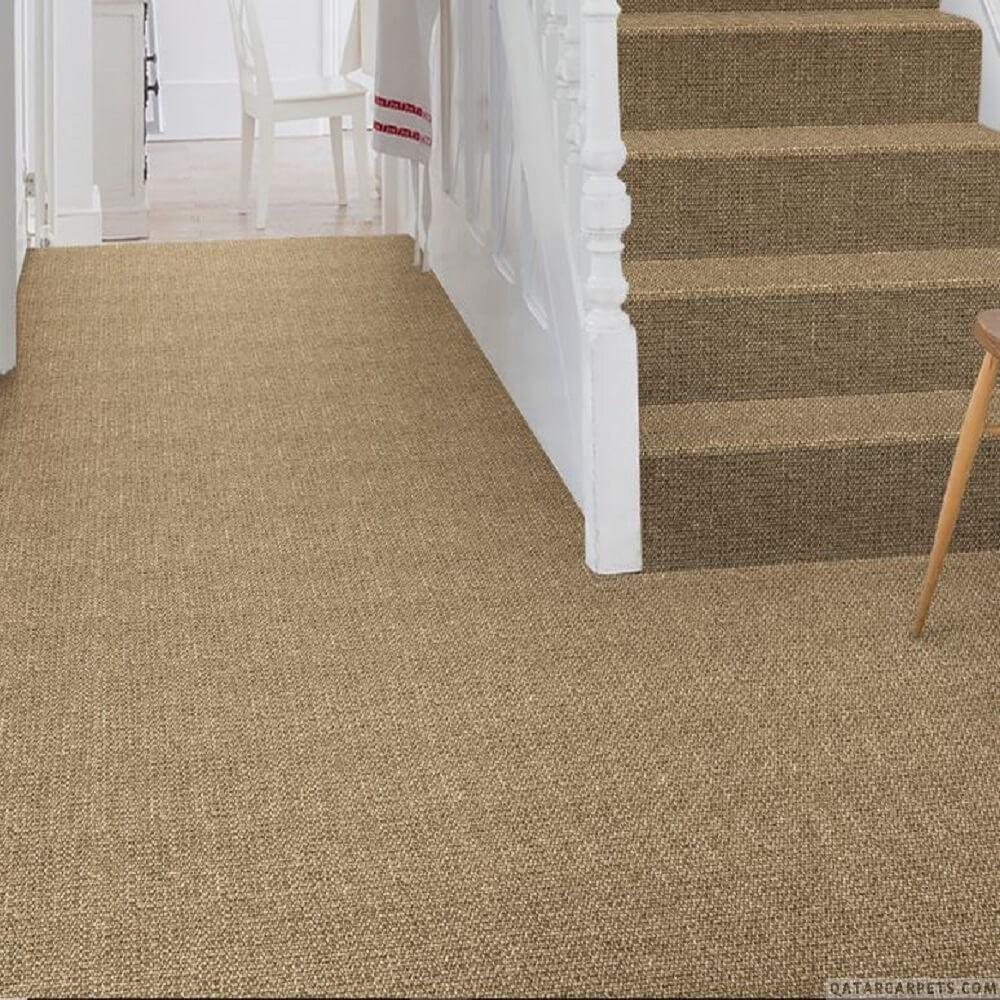
Sisal Carpets
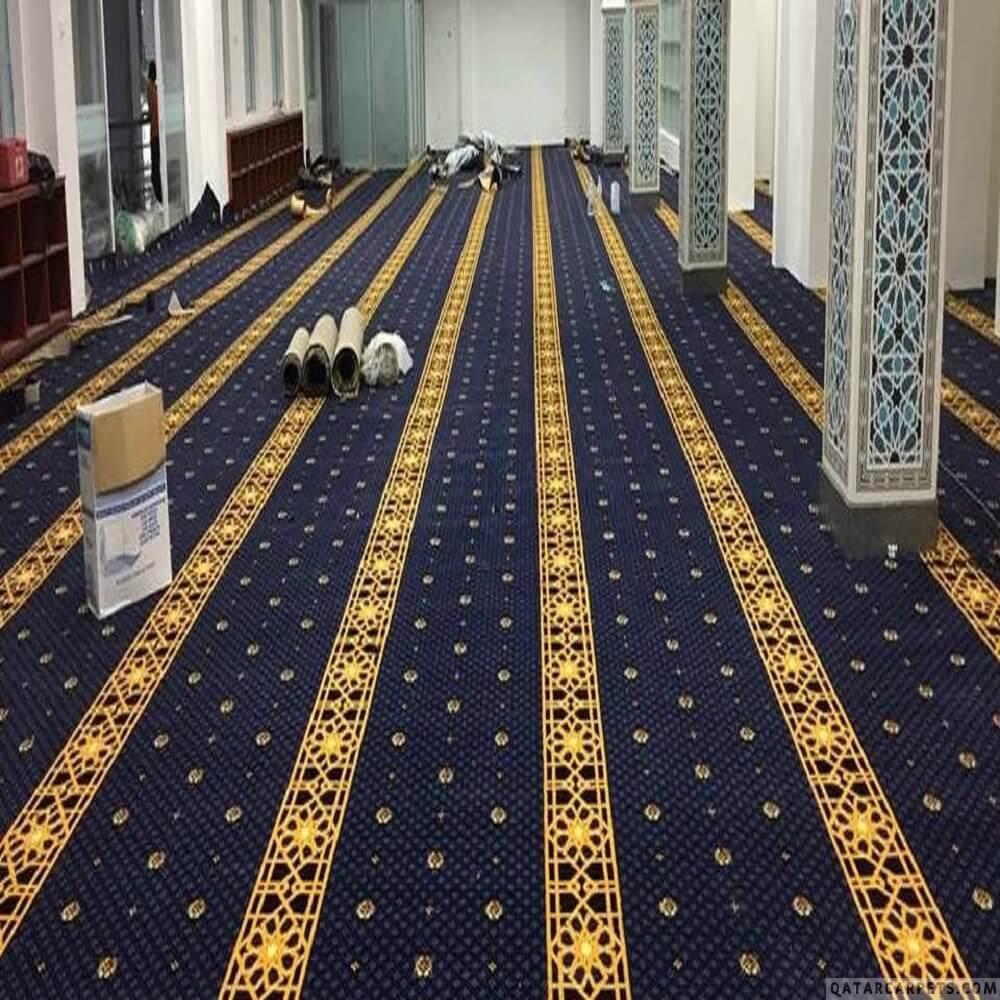
Mosque Carpets
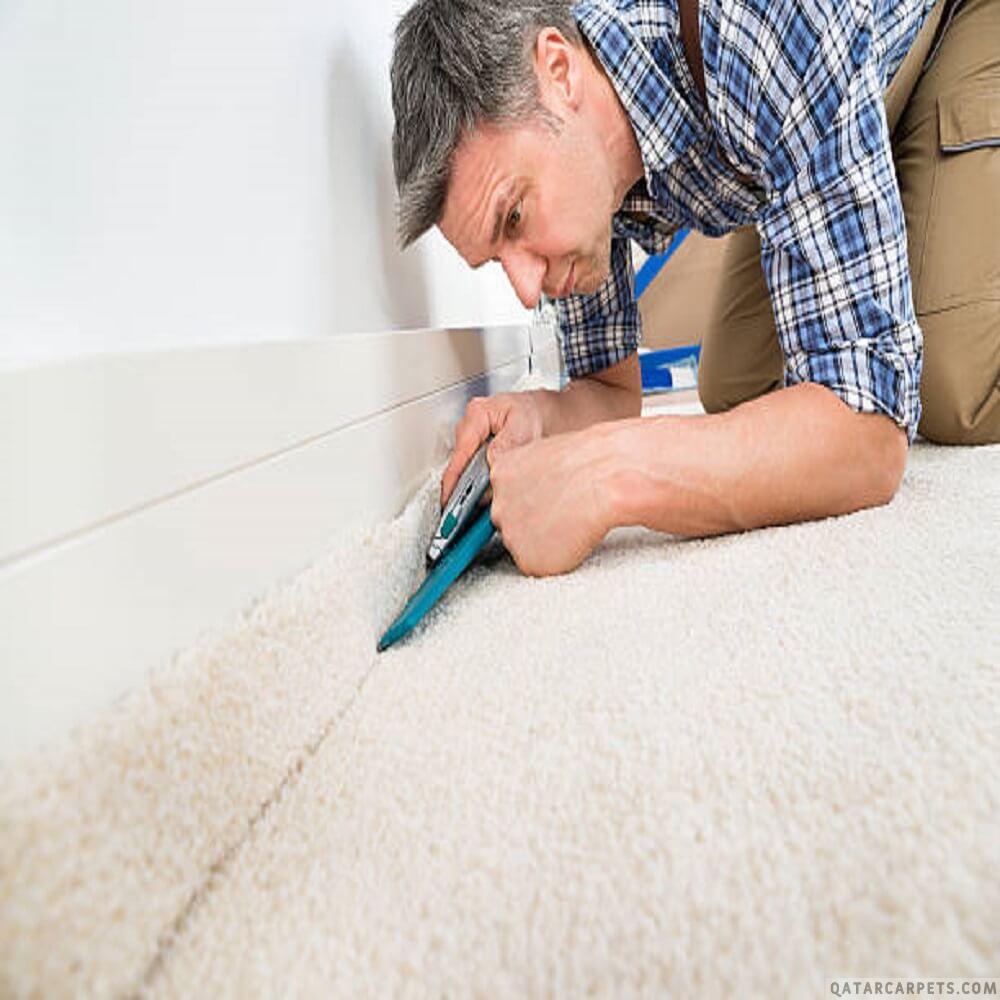
Carpet Fitting/Installation/ Fixing

Exibition Carpet
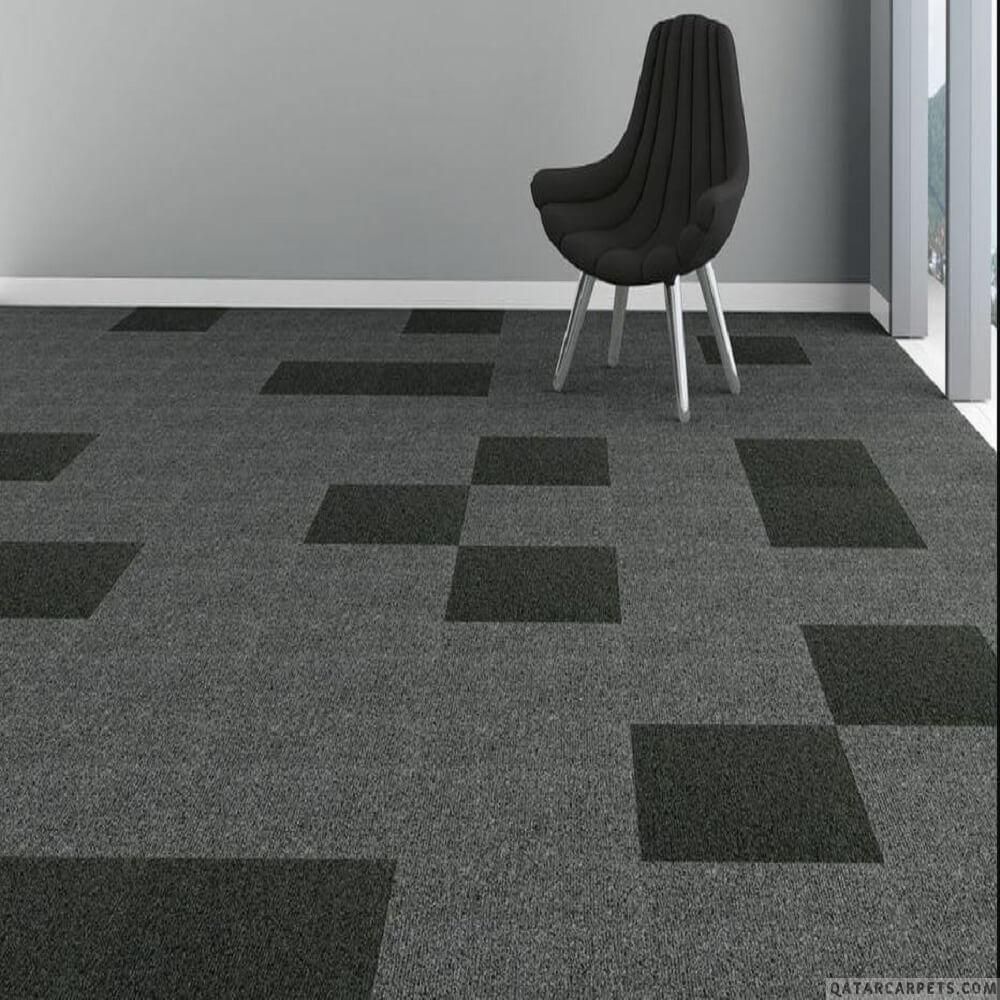
Office Carpets
